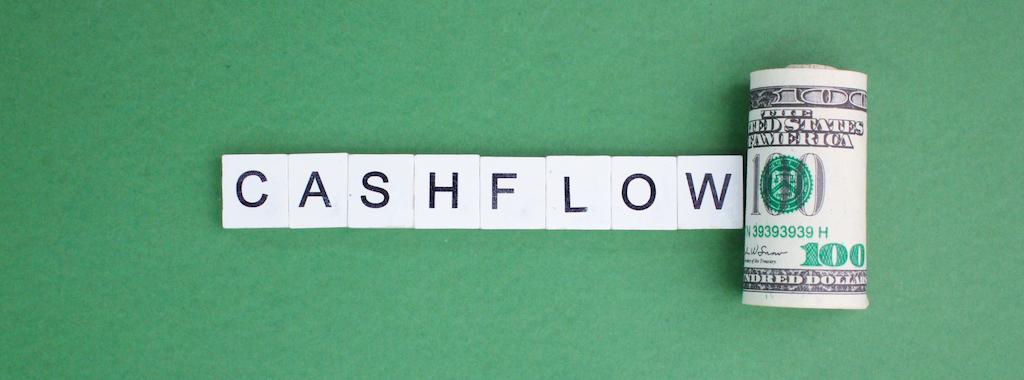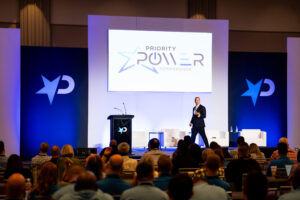
Maintaining cash flow is essential to both covering the expenses of property management and to generating income from your rental investments. However, not all home rental strategies provide a steady and reliable cash flow. There are a few important calculations you must make to ensure that properties both cover expenses and produce long-term profits.
The following six strategies will help you to maintain cash flow from each rental property.
1) Calculating the Rent to Expenses Ratio
First, know how much you should be charging for rent.
A tenant’s rent should cover the home’s mortgage, property taxes, homeowner’s insurance, and routine repair costs. The common calculation for home maintenance is 1% of the home’s value every year. What is not spent in a given year should be saved to cover repairs and improvements that occur on a non-annual basis like appliance replacement or roof repairs.
Therefore, annual rent (monthly rent x 12) should cover all expenses plus at least 1% of the home’s value each year.
2) Protect Your Rental Properties with Well-Written Leases
Another important element of cash flow for your rental business is a well-written lease. The lease protects landlords from undue expense by defining the split in responsibility between landlord and tenant. The lease defines which repairs landlords or tenants are responsible for covering and holds tenants responsible for any damage they cause.
You can even create additional income opportunities in the lease. For example, a pet deposit or pet rent invites tenants to keep pets if they are willing to pay a slightly higher fee due to the risk of pet-related damages.
3) Market Vacancies Quickly and Efficiently
As soon as a tenant alerts you that they will not be renewing their lease, begin marketing the property. Vacant time is non-ideal for a rental property because expenses continue without monthly rental income to cover the costs. The best way to avoid vacancies is to market early and skillfully. Use existing marketing assets to re-market a property and attract applicants to fill the space as soon as the departing tenants are gone and your turnover process is complete.
4) Develop a Rapid and Effective Turnover Process
Tenant turnover is a very important part of maintaining cash flow as a landlord. This involves cleaning, repainting, inspecting, and repairing a unit between tenants. Most landlords calculate a month or less to prepare a property for new tenants. A good turnover process ensures that new tenants are satisfied with the cleanliness and quality of the home, even if the old tenants left in a hurry with grime behind the sink and lost socks in the closet.
Streamline your turnover process so that each home is unoccupied during renovations for the minimum amount of time.
5) Keep Properties Updated and Attractive
Don’t forget to update your units. Many tenants know to watch out for aging appliances and signs of wear because rental homes are all-too-often re-rented without sufficient turnover improvements.
Every few years, reinvest in your properties to ensure they remain attractive, high-quality, and up-to-date so that new tenants will be willing to pay a competitive rental price to live there.
6) Plan Ahead for Major Expenses
Lastly, remember to keep a savings account ready for large expenses when they arise. Eventually, the water heater will need replacing or the roof will need repair. These larger maintenance costs are predictable, but happen less frequently than once a year. Be ready by charging the correct rent rate and setting aside some of your rental income so that these repairs are an expected part of your long-term rental home cash flow.





